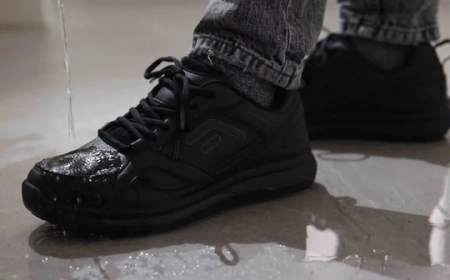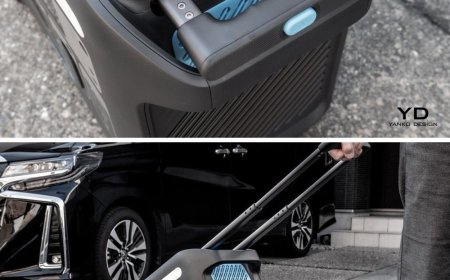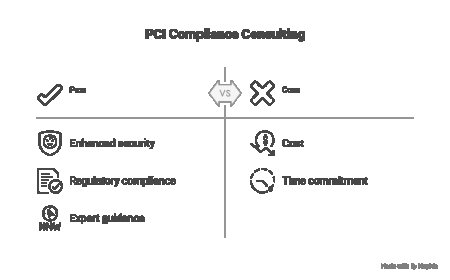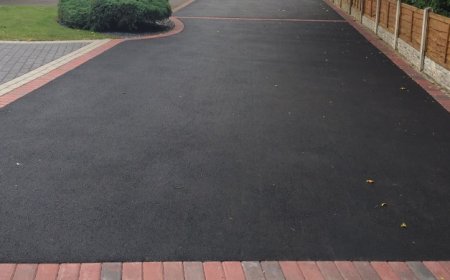Skimmer Replacement Guide for a Clean and Efficient Pool
Maintaining a swimming pool involves several critical components, and one of the most essential is the skimmer. The skimmer is responsible for drawing in surface debris, such as leaves, insects, and oils, before they sink and contaminate the pool's floor. Over time, due to wear and tear or aging materials, replacing your pool skimmer becomes necessary. In this guide, well dive into the reasons for skimmer replacement, the steps involved, and how to maintain your new skimmer for long-term performance.
Signs You Need a Skimmer Replacement
Visible Cracks or Leaks
If your pool skimmer has visible cracks or shows signs of leaking, it's a clear indication that the unit needs replacing. Small leaks can escalate into significant water loss, which can increase your water bills and decrease the overall efficiency of your pool system.
Reduced Skimming Performance
When a skimmer is clogged, damaged, or worn out, it fails to pull in surface debris effectively. You might notice floating leaves or bugs that remain untouched for long periods, even when the pump is running.
Suction Issues
A decline in suction could be due to a malfunctioning skimmer. While its important to first check for clogs or obstructions, persistent issues despite cleaning and maintenance are a strong sign that replacement is necessary.
Age and Deterioration
Skimmers, especially plastic ones, can degrade over the years due to constant exposure to sunlight and pool chemicals. If your skimmer is more than a decade old, it might be time for a replacement to avoid sudden failure.
Types of Pool Skimmers
Inground Pool Skimmers
These are typically installed in the concrete or fiberglass walls of an inground pool. Theyre more robust and often integrated into the pools structure. Replacing these requires more effort and potentially professional assistance.
Above-Ground Pool Skimmers
These attach to the side of an above-ground pool and are easier to replace or upgrade. Most are made from durable plastic and are user-serviceable.
Floating Skimmers
An increasingly popular choice, floating skimmers can be added to any pool type. They float on the waters surface and are easier to replace, but they dont usually tie into the main filtration system.
Steps for Skimmer Replacement
Evaluate the Damage
Before replacing the skimmer, determine whether repair is an option. Small cracks can sometimes be patched with waterproof epoxy, but larger or structural issues demand full replacement.
Drain the Pool (if necessary)
For inground pools, partial draining may be required to access the skimmer. In some cases, especially with concrete pools, complete removal and replacement might involve cutting into the pool deck.
Remove the Old Skimmer
Disconnect the plumbing connected to the skimmer. Cut away any concrete or decking if needed. Unscrew or detach the old skimmer unit carefully to avoid damaging surrounding surfaces or piping.
Install the New Skimmer
Align the new skimmer in the existing space and ensure it fits snugly. Connect it to the plumbing system using waterproof PVC pipes and high-quality pool-grade adhesive. Ensure all seals are tight to prevent leaks.
Test for Leaks
Before re-filling the pool, test the plumbing and skimmer for leaks. Its crucial to address any issues at this stage to prevent costly repairs later.
Restore the Pool Area
Refill the pool to its proper level and restore any removed concrete, decking, or tiles. Test the skimmer by running the pump and checking for proper suction and debris collection.
Choosing the Right Replacement Skimmer
Material Quality
Choose a skimmer made from UV-resistant, high-grade plastic or durable composite material. These materials stand up better to chlorine and harsh sun exposure.
Compatibility
Ensure the new skimmer is compatible with your pool type and existing plumbing setup. Consider the dimensions, pipe fittings, and installation type when purchasing.
Brand Reliability
Opt for reputable brands that are known for pool equipment. A high-quality skimmer may cost more initially but will save money in long-term maintenance and replacement costs.
Additional Features
Some modern skimmers come with built-in leaf baskets, automatic chlorinators, or even solar-powered features. Depending on your budget and needs, these upgrades might be worth considering.
Maintenance Tips for Your New Skimmer
Regular Cleaning
Check the skimmer basket regularly and remove debris to prevent clogs and maintain suction efficiency. A full or blocked basket can restrict water flow to your pump.
Seasonal Inspection
Inspect the skimmer at the beginning and end of each swim season. Look for cracks, wear, or loose fittings. Replace parts like baskets and lids as needed.
Keep Water Level Optimal
Ensure your pool's water level remains at least halfway up the skimmer opening. Too low or too high can affect the skimmers ability to draw in surface debris.
Monitor Performance
If you notice decreased suction, strange noises, or uncollected debris, investigate immediately. Sometimes a quick cleaning or minor repair can prevent major problems.
When to Call a Professional
While many above-ground skimmer replacements can be done by pool owners, inground pool skimmer replacement often requires cutting concrete, managing plumbing, and ensuring perfect seals. If you're unsure or the job seems too complex, its wise to consult a licensed pool technician. Improper installation can lead to persistent leaks and expensive structural damage.
Conclusion
A properly functioning skimmer is crucial for maintaining a clean and healthy swimming pool. Whether you're replacing an aging unit or upgrading to a more efficient model, skimmer replacement is a vital task that shouldn't be overlooked. By recognizing the signs of skimmer failure, choosing the right replacement, and following best installation practices, you can ensure your pool remains sparkling clean and efficient for years to come. Dont wait for a complete failure proactive skimmer replacement is a smart investment in your pools health.





































